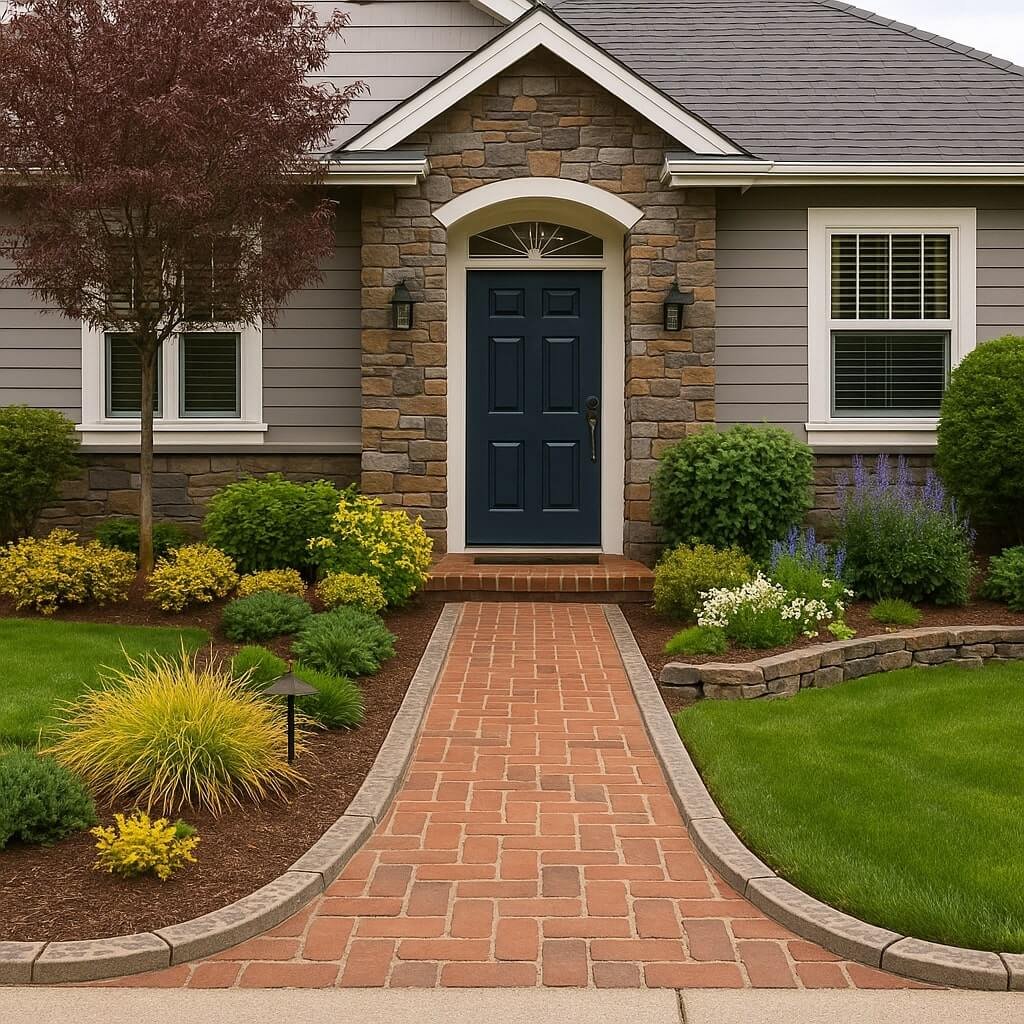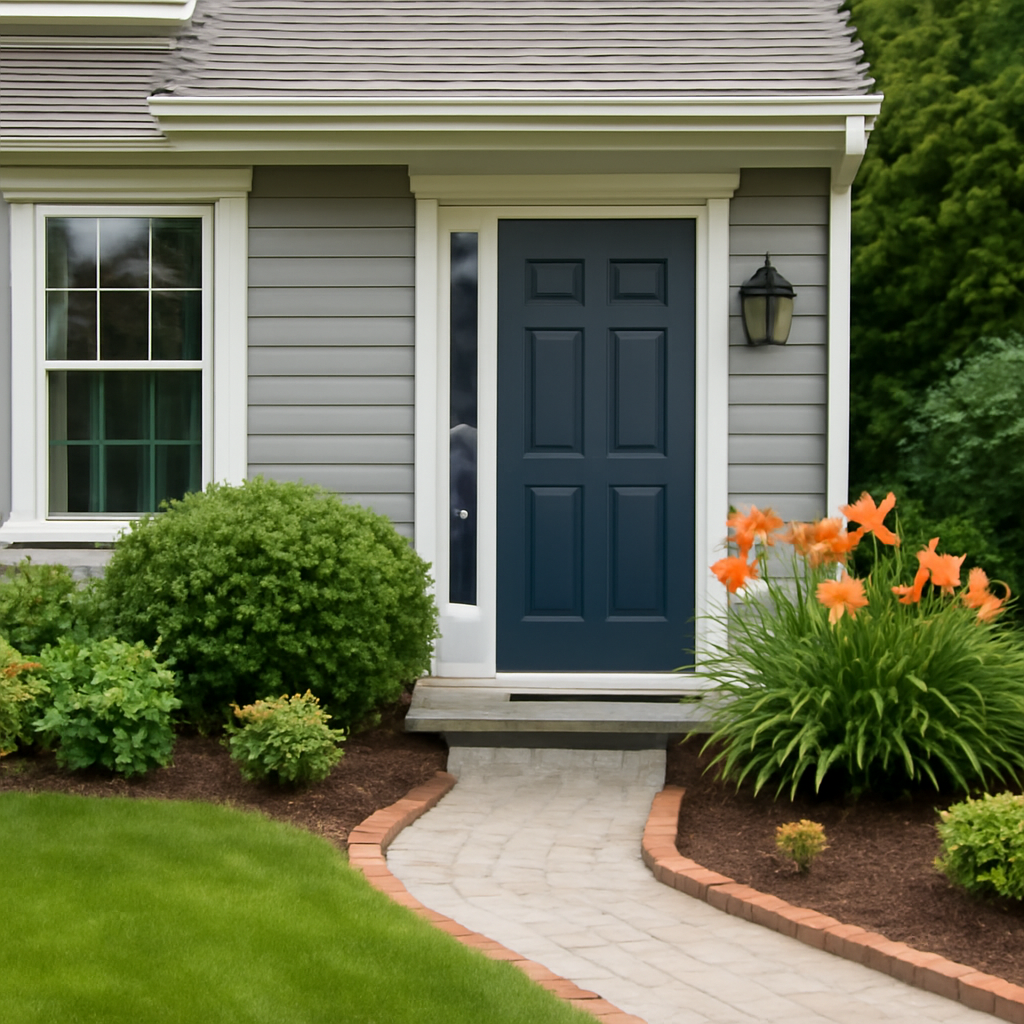Stamped concrete is a beautiful and durable addition to any home or commercial property. It combines the strength of traditional concrete with patterns and textures that mimic natural stone, brick, or wood. However, like any surface, it requires regular maintenance to preserve its aesthetic appeal and structural integrity. This guide offers 15 practical and easy tips on how to maintain your stamped concrete easily, helping you extend its lifespan and keep it looking brand new.
Understanding Stamped Concrete and Its Benefits
Stamped concrete is concrete that is patterned and/or textured to resemble brick, slate, flagstone, stone, tile, wood, and various other patterns and textures. It is a popular choice for patios, sidewalks, driveways, and pool decks because it offers a visually appealing alternative to plain concrete.
The benefits of stamped concrete include:
- Aesthetic versatility: It can mimic expensive materials at a fraction of the cost.
- Durability: Concrete is strong and long-lasting.
- Customization: Various colors and patterns can be chosen to complement your property.
However, its decorative nature means it needs more care than regular concrete to avoid fading, cracking, or damage. That’s why understanding the basics of stamped concrete and its maintenance needs is key to preserving its beauty.
Initial Sealing: The First Step to Lasting Concrete
Sealing is the foundation of stamped concrete maintenance. Right after installation, your stamped concrete should be sealed with a high-quality concrete sealer. This protective layer locks in color, prevents moisture penetration, and guards against stains.
Why Seal Immediately?
- Protects from water damage and freeze-thaw cycles.
- Enhances the color vibrancy.
- Makes cleaning easier by preventing dirt from settling into pores.
Types of Sealers
- Acrylic sealers: Affordable, easy to apply, and enhance color.
- Epoxy sealers: Very durable, but can yellow over time.
- Polyurethane sealers: Long-lasting and resistant to chemicals.
Applying the right sealer at the right time is critical. Generally, sealers should be applied within 2-3 days after the concrete has cured, but always follow the installer’s recommendations.
Regular Cleaning Techniques for Stamped Concrete
Keeping your stamped concrete clean is essential to maintaining its look and functionality. Dirt, debris, and organic material can cause discoloration and surface damage if left untreated.
Best Cleaning Practices
- Use a broom or leaf blower regularly to remove loose debris.
- Wash with a garden hose or pressure washer on a low setting to avoid damage.
- Use mild detergents or concrete-specific cleaners for deeper cleaning.
Recommended Cleaning Products
- pH-neutral cleaners designed for concrete.
- Avoid acidic or abrasive cleaners that can strip the sealer or damage the surface.
Avoiding Harsh Chemicals
Using harsh chemicals like bleach, ammonia, or strong acids can degrade the sealer and damage the concrete surface. Always opt for gentle cleaning solutions and rinse thoroughly.
How to Prevent Stains and Damage
Common stains include oil, grease, rust, and organic materials like leaves. To prevent staining:
- Clean spills immediately.
- Use mats or rugs in high-traffic or spill-prone areas.
- Apply a high-quality sealer with stain resistance.
Repairing Cracks and Chips Quickly
Even with good care, cracks and chips may appear due to weather or heavy use. Prompt repair can prevent these minor issues from becoming costly repairs.
Quick Fixes
- Use a concrete patching compound or epoxy filler.
- Clean the damaged area before applying repair materials.
- Follow instructions carefully for best adhesion.
When to Call a Professional
If cracks are large, growing, or causing structural concerns, it’s best to call a professional contractor. DIY fixes can sometimes make problems worse if not done correctly.
Re-Sealing Your Concrete: How Often and Why
Re-sealing is necessary every 2-3 years, depending on wear, climate, and use. Neglecting to reseal can cause:
- Color fading.
- Increased vulnerability to stains.
- Surface deterioration.
Choose a sealer compatible with your original one and apply following the manufacturer’s guidelines.
Seasonal Maintenance Tips
Weather affects stamped concrete differently in each season. Adjust your care routine to keep it in top shape year-round.
Winter Care Strategies
Freeze-thaw cycles can cause cracking. To protect:
- Avoid using salt or harsh deicers; use sand instead for traction.
- Clear snow promptly with plastic shovels to avoid scratching.
- Keep sealers up to date before winter.
Long-Term Maintenance Plan
Create a schedule that includes:
- Regular cleaning every few weeks.
- Inspecting for cracks quarterly.
- Re-sealing every 2-3 years.
- Seasonal care adjustments.
Keep a checklist of tools and products such as brooms, pressure washers, sealers, and repair kits handy.
Common Mistakes to Avoid
- Using harsh cleaners or power washing at high pressure.
- Skipping sealing or re-sealing steps.
- Ignoring small cracks or stains.
- Placing heavy objects without protective pads.
Avoiding these mistakes ensures your stamped concrete lasts longer and looks great.
Enhancing the Look: Stamped Concrete Cleaning and Polishing
Beyond basic cleaning, polishing can restore the shine and enhance colors. Use a concrete polishing machine or hire professionals for the best results.
Frequently Asked Questions (FAQs)
1. How often should I seal stamped concrete?
Generally, every 2-3 years, but high-traffic areas may require more frequent sealing.
2. Can I use a pressure washer on stamped concrete?
Yes, but use a low-pressure setting to avoid damaging the surface or sealer.
3. What is the best way to remove oil stains?
Use a degreaser designed for concrete and clean immediately after spills.
4. Is it okay to use salt on stamped concrete in winter?
Avoid salt as it can damage the surface; sand is a safer alternative for traction.
5. Can I repair stamped concrete myself?
Minor cracks and chips can be repaired with DIY kits, but major damage requires professionals.
6. How can I prevent color fading?
Apply and maintain a quality sealer, avoid harsh chemicals, and protect from excessive sun exposure.
Conclusion: Keeping Your Stamped Concrete Beautiful and Durable
Maintaining your stamped concrete is easier than you might think when you follow these practical tips. From proper sealing to routine cleaning, timely repairs, and seasonal care, your concrete will stay vibrant and strong for years. Regular maintenance not only saves money but also enhances the overall curb appeal and value of your property.




